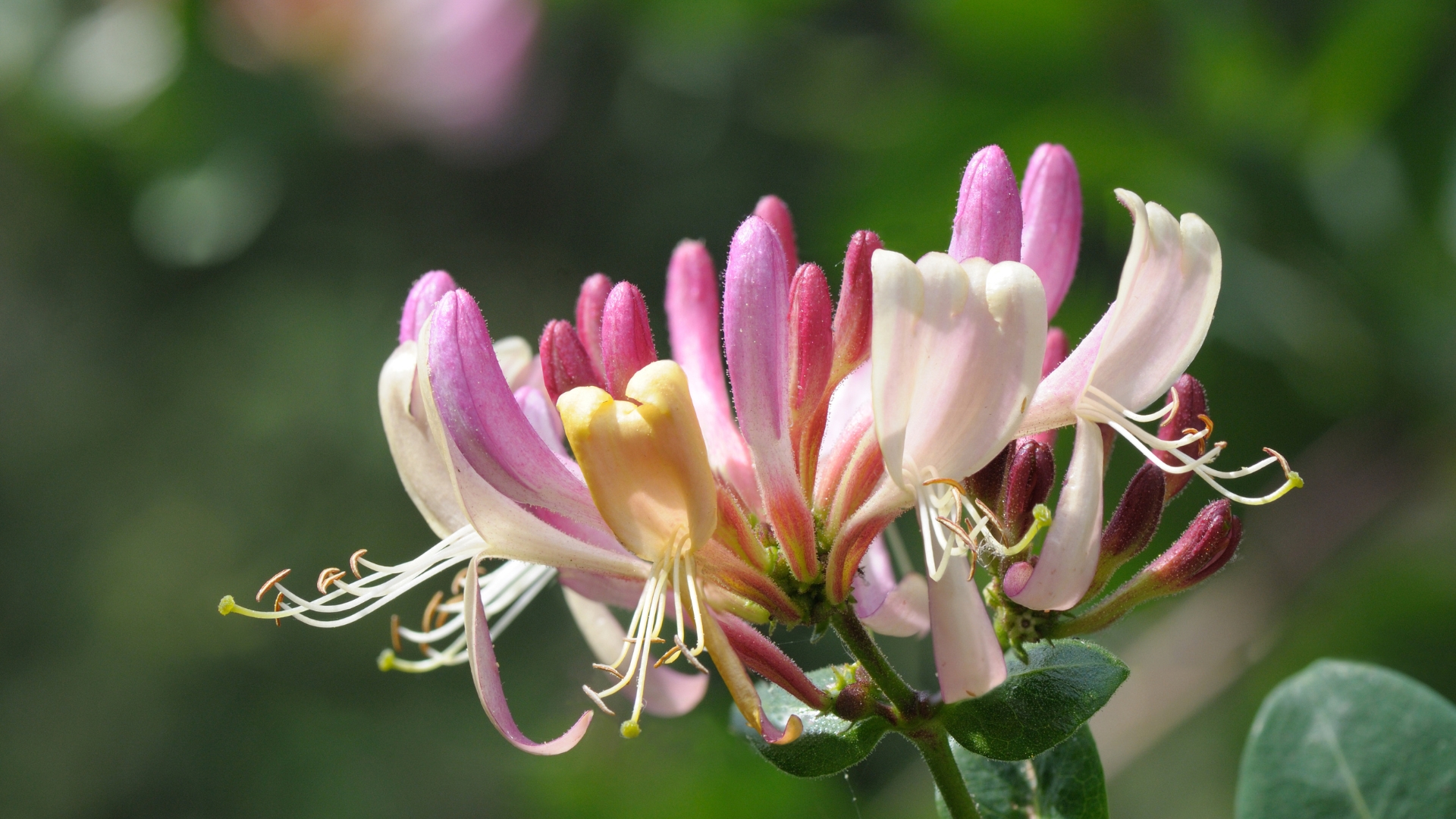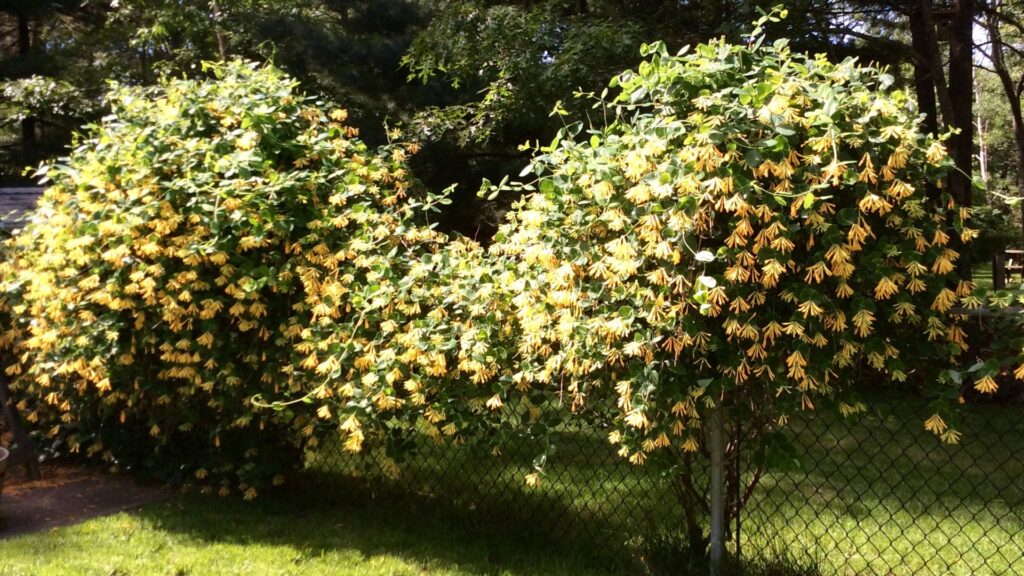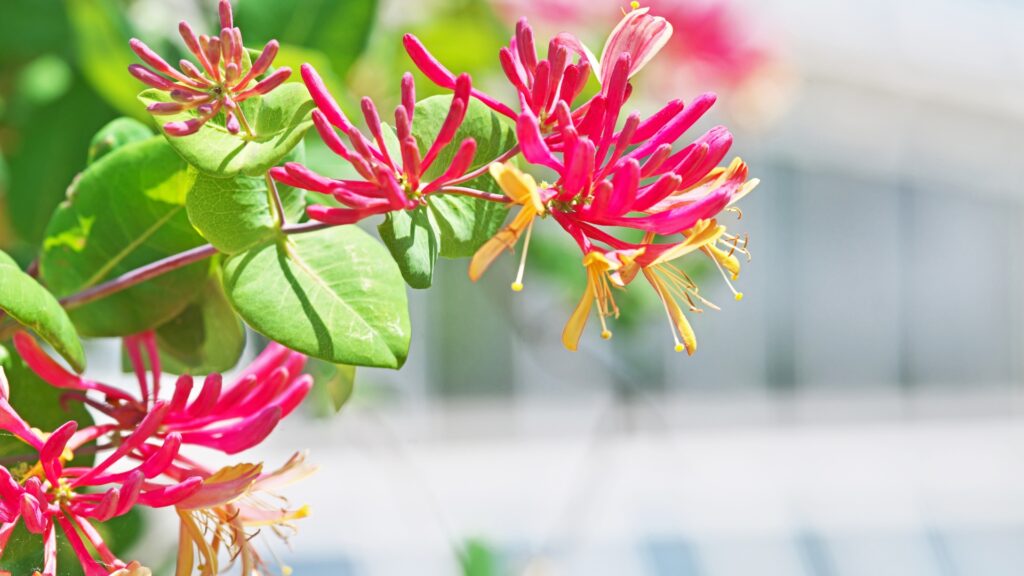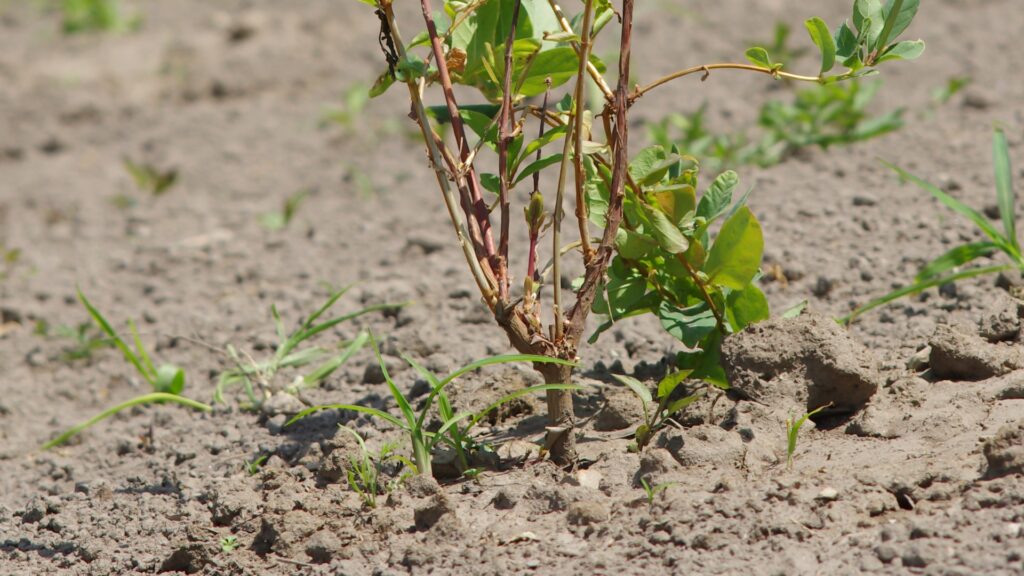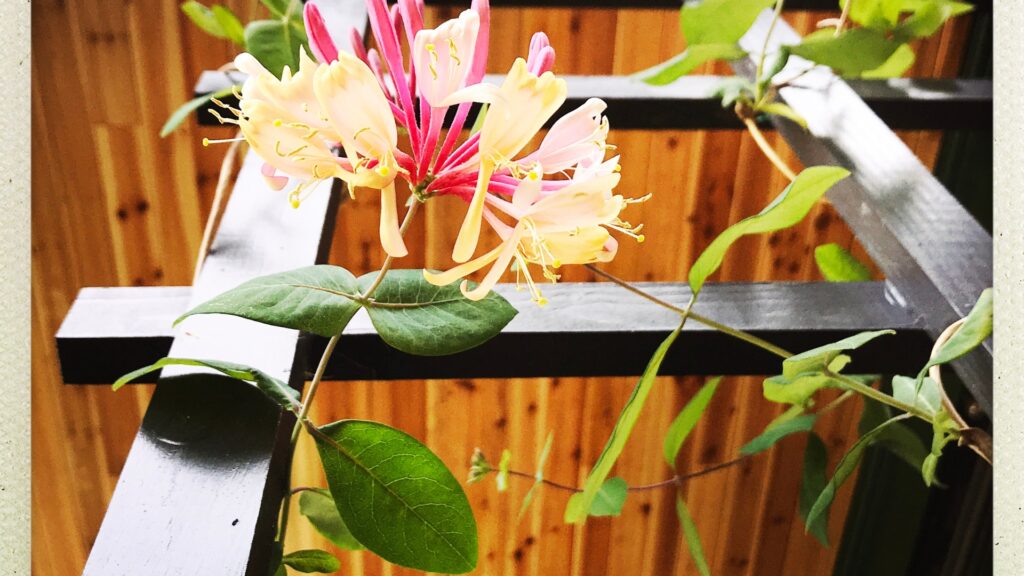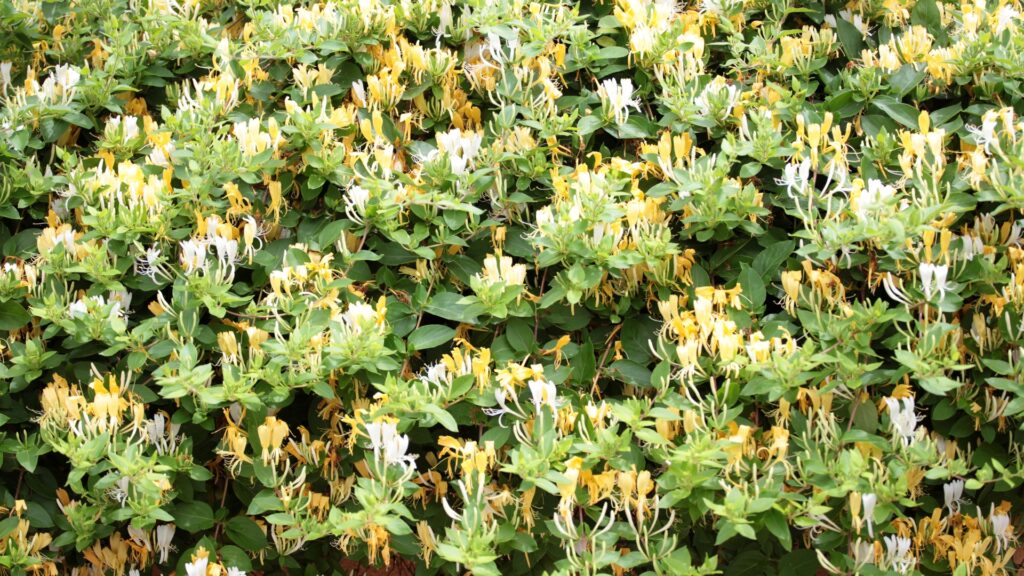For the longest time, I thought a truly lush and fragrant garden required hours of work. Then, almost by accident, I found a way to bring effortless beauty into my space.
One simple planting, and before I knew it, my garden was alive with color, texture, and a fragrance that made stepping outside feel like a luxury.
If there’s one plant that can make gardening feel effortless, this is it. You might not expect this, but:
Honeysuckle Is Your Golden Ticket To A Dreamy Garden
Honeysuckle is the kind of plant that gives back more than it takes. With its cascading vines, delicate trumpet-shaped flowers, and sweet, lingering scent, it creates a lush, romantic atmosphere with minimal effort.
Whether climbing up a trellis, draping over a fence, or spilling from a container, it effortlessly softens hard edges and fills empty spaces with life.
Beyond its beauty, honeysuckle is a powerhouse for pollinators. Bees, butterflies, and hummingbirds flock to its nectar-rich blooms, bringing movement and vibrancy to the garden.
It’s also surprisingly low-maintenance, thriving in various soil conditions and requiring little more than occasional pruning to keep it in check.
Once established, it rewards you with year after year of fragrant blooms and dense greenery, making it a must-have for effortless charm.
Varieties To Select
With so many stunning honeysuckle varieties to choose from, finding the right one for your garden is easier than ever.
Whether you’re looking for cascading blooms, bold colors, or year-round greenery, these four standout options bring beauty, fragrance, and effortless charm to any space.
1. ‘Serotina’ (Late Dutch Honeysuckle): Deep purple buds open into creamy blossoms, filling the evening breeze with an irresistible sweet scent.
2. Lonicera sempervirens (Coral Honeysuckle): A hummingbird favorite with vibrant red-orange flowers that bring fiery color to fences and trellises.
3. Lonicera x heckrottii ‘Gold Flame’: A showstopper with pink-and-gold blooms that keep the garden bursting with fragrance and color from spring to fall.
4. Lonicera nitida ‘Baggesen’s Gold’: A golden-leaved evergreen variety that forms a dense, compact hedge with year-round charm.
Found the perfect honeysuckle for your garden? Fantastic! Now, let’s make sure it gets the best start with the right planting and care.
Here’s How To Plant Honeysuckle
If there’s one thing I’ve learned about honeysuckle, it’s that picking the right spot makes all the difference.
These vines love the sun, so aim for a spot with at least six hours of direct light. Partial shade works too, but you’ll see the best blooms in a sunny location.
Make sure the soil drains well – honeysuckle doesn’t like wet feet. If the ground feels too heavy, mix in some compost or sand to improve drainage. And if you’re planting a climbing variety, set up a sturdy trellis or let it sprawl over a fence so it can show off its full potential.
Once it’s in the ground, give it a deep drink of water to settle the roots, then add a layer of mulch to lock in moisture and keep weeds at bay.
The first few weeks are crucial, so keep the soil damp but not soggy. As the vines take off, you might need to guide them a little until they latch on.
And Here Are The Tips For Making It Thrive
Honeysuckle may be low-maintenance, but a little extra care goes a long way in keeping it at its best.
Watering is key, especially in the first season – deep, consistent watering helps the roots establish and ensures steady growth.
Once settled, honeysuckle can handle drier conditions, but during hot spells, a good soak keeps it blooming beautifully. A layer of mulch at the base helps retain moisture and keeps weeds from competing for nutrients.
Pruning is another trick to keeping it looking its best. If left unchecked, honeysuckle can get a little wild, so trim it back after flowering to encourage fresh growth and more blooms.
For climbing varieties, training the vines early helps them grow in the right direction, whether that’s up a trellis or along a fence.
With these simple steps, you’ll have a lush, fragrant vine that keeps your garden looking vibrant season after season.
Don’t Overlook This!
Honeysuckle is a garden favorite for a reason – it’s fast-growing, fragrant, and practically takes care of itself.
But before you let it take over your space, there’s something to keep in mind: some varieties can be highly invasive. Japanese honeysuckle (Lonicera japonica), for example, spreads aggressively, wrapping around trees, shrubs, and even choking out native plants.
If left unchecked, it can quickly overtake your garden and nearby landscapes, making it tough to control once established.
Beyond its rapid spread, certain species of honeysuckle also come with a hidden risk – toxicity.
While birds enjoy the berries, they can be mildly toxic to humans and pets if ingested. The leaves and stems can also cause stomach irritation if chewed on by curious pets.
If you’re growing honeysuckle in a space where pets or small children play, it’s best to keep an eye on them and opt for non-toxic alternatives like native honeysuckle varieties.
Creating a lush and fragrant garden has never been easier. Just plant honeysuckle, give it a little care, and let it transform your space effortlessly.

